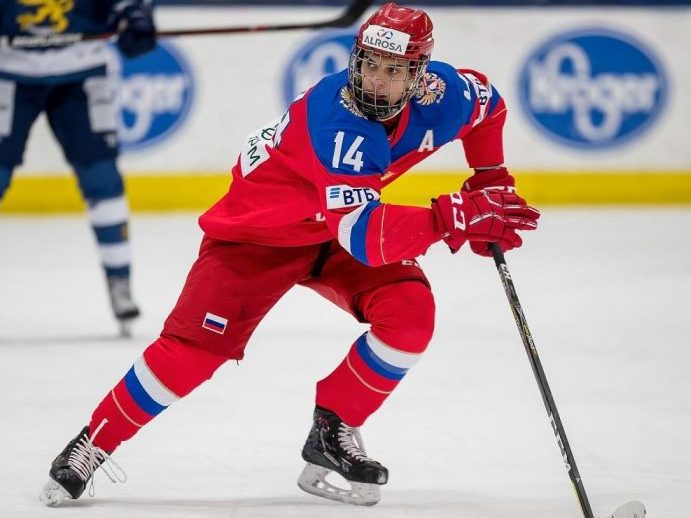Ever since writing about the outlook of the 2019 draft class last week and what we might expect from them in the upcoming season, I’ve been tingling with a bit of excitement at the thought of digging into those numbers a little deeper. The fact that only a mere three or four rookies have had impactful seasons in their draft+2 season was a bit surprising to me considering how much hype we’re all subject to on the Twitterverse.
Unfortunately, with only a weeks’ time since sparking that curiosity, I haven’t quite had the spare time to dig into the numbers as much as I’d like to, so stay tuned for a deeper dive. That being said, I do want to share some of information that I was able to unveil… let’s call it a sneak peek!
Exposure
The first, and perhaps most basic thing that I found is that over the past nine seasons, rookies debuting in their draft+3 and draft+4 seasons or undrafted rookies will likely play in more games than rookies debuting in their draft+1, draft+2, draft+5, draft+6, draft+7 or draft+8 seasons. Averaged across each season since 2011, the amount of games played by rookies of each development stage can be plotted as such:
While split into individual year’s, we can see a bit more detail…
My conclusion from this is that: if you’re perhaps in search of a diamond-in-the-rough type of player who will get plenty of exposure, but not necessarily produce the MOST amount of points in his rookie season this is where you want to look. For rotisserie, or multi-category leagues in particular this is where you’ll likely find your most value.
Of the players that satisfy this criteria, most can be found in the second round of the draft. While this might sound surprising, it’s undoubtedly due to the fact that by the time a draft class has reached their draft+3 or draft+4 season, many former first round picks will have already spent their NHL rookie status – those who haven’t also have a pretty good shot. In addition, those players are very equally distributed among the various positions.
Some of the players in this window that I would consider for the upcoming season include Juuso Valimaki (2017/D+4), Josh Norris (2017/D+4), Ian Mitchell (2017/D+4), Jason Robertson (2017/D+4), Grigori Denisenko (2018/D+3), and Scott Perunovich (2018/D+3).
The disclaimer on this statistic, however, is that the group of players who seem to create the most exposure for themselves as rookies are NOT the same group of players who are the most productive. In particular, while I feel confident that both Ian Mitchell and Scott Perunovich will have impactful rookie seasons, I’m skeptical of their immediate production. That sentiment applies even more so to Flames rookie-to-be, who will be forced to shake off significant rust after having been shelved for nearly a year with an ACL injury.
Production
The second, and probably more valuable piece of information to come out of my truncated research is that players who debut in their D+1 season are undeniably more productive (on average) than their draft+>1 rookie counterparts. While the sample size of players to debut in their D+1 season is slightly smaller than other development stages, the contrast in production rates is stark.
The one piece of information here that should’ve been filtered out is the inflated D+8 production rate, which was saturated by the point-per-game scoring rate of Justin Holl in his two hole rookie-eligible games.
Another piece of information to take note of when looking into the year-to-year data is that the difference in average production between D+2 rookies and D+8 rookies is almost negligible, especially blindly.
The best trend to pull from this data is that players who are able to earn NHL roles in a shorter amount of time from their draft are likely to be more productive than those who are forced to develop their game outside of the leauge for longer. In other words, sub-NHL development rarely results in immeidate NHL results, in fact, players who are able to step directly into the NHL are often more immediately impactful than those who are not.
The choice(s) for satisfying this category, while small should be obvious. Alexis Lafreniere is the lone shoe-in for debuting in the NHL as a D+1 player. His production should rival, if not exceed all other rookies especially considering the favorable line combinations he could find himself in with the Blueshirts.
The only other draft eligible player who I like to think could help to pad this stat, especially in such a peculiar season, is the 5-9 Marco Rossi.
***
I hope this basic analysis of draft development stages is a helpful tool in your upcoming fantasy draft planning. I’d love to hear your feedback on the analysis, as well as if you’d like to see more of it in the future!
***

